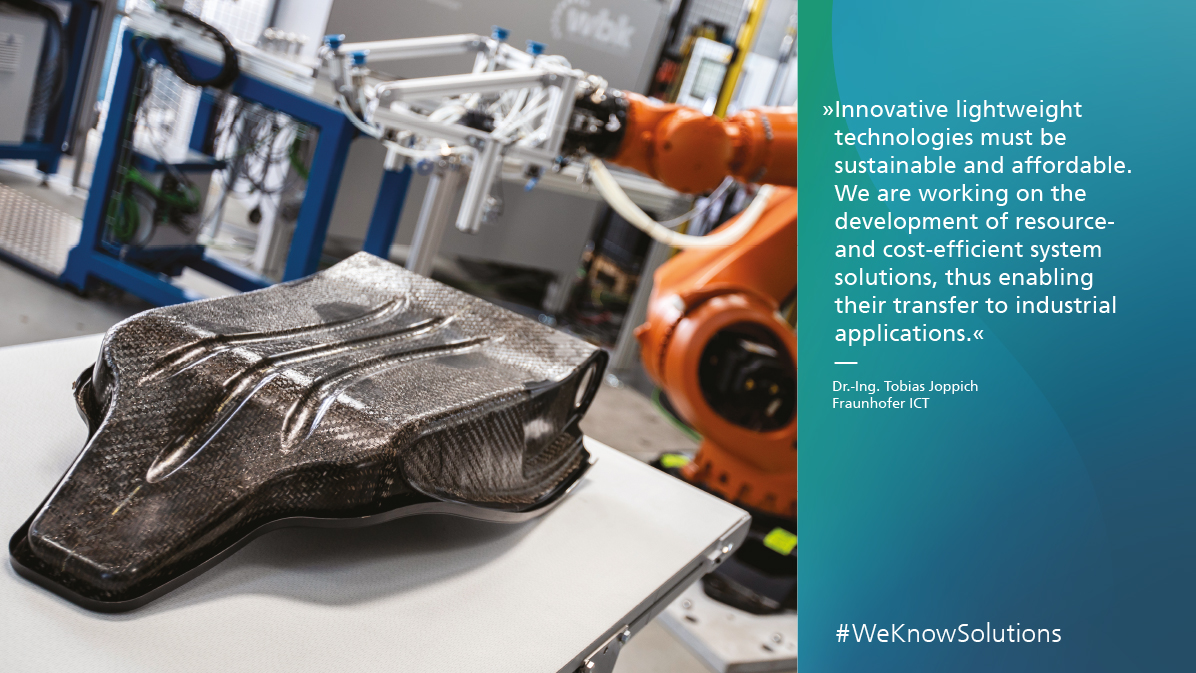Weight reduction is one of the most effective methods to reduce carbon dioxide emissions. Manufacturers and suppliers in the automotive industry are putting great effort into producing powertrains and their components in lightweight design. Currently, however, camshaft modules, which are a key component of powertrains, are still being made from aluminum. In collaboration with partners, our researchers now have succeeded in manufacturing a camshaft module made of fiber-reinforced thermoset polymers. Its lightweight design helps to lower the engine weight and reduces the assembly costs.
Lightweight
Plastic camshaft module

Privacy warning
With the click on the play button an external video from www.youtube.com is loaded and started. Your data is possible transferred and stored to third party. Do not start the video if you disagree. Find more about the youtube privacy statement under the following link: https://policies.google.com/privacyWeight reduction is one of the most effective methods to reduce carbon dioxide emissions. Manufacturers and suppliers in the automotive industry are putting great effort into producing powertrains and their components in lightweight design. Currently, however, camshaft modules, which are a key component of powertrains, are still being made from aluminum. The camshaft module is located in the cylinder head, so normally in the upper installation space of the powertrain. Here, it makes particular sense to reduce weight, since doing so also contributes to lowering the vehicle’s center of gravity. In collaboration with partners, our researchers now have succeeded in manufacturing a camshaft module made of fiber-reinforced thermoset polymers. Its lightweight design helps to lower the engine weight and reduces the assembly costs.
Lightweight construction conserves resources, energy and the climate. The sector-specific design and construction of lightweight solutions determines the selection process for suitable materials as well as the manufacturing process. At Fraunhofer ICT, polymer-based fiber composites and their hybrids are at the center of the developments. Key research topics are long- and continuous-fiber-reinforced polymers with a thermoset and thermoplastic matrix, and their hybridization. In close collaboration with the KIT, method, process, and material development is advanced.

 Fraunhofer Institute for Chemical Technology ICT
Fraunhofer Institute for Chemical Technology ICT